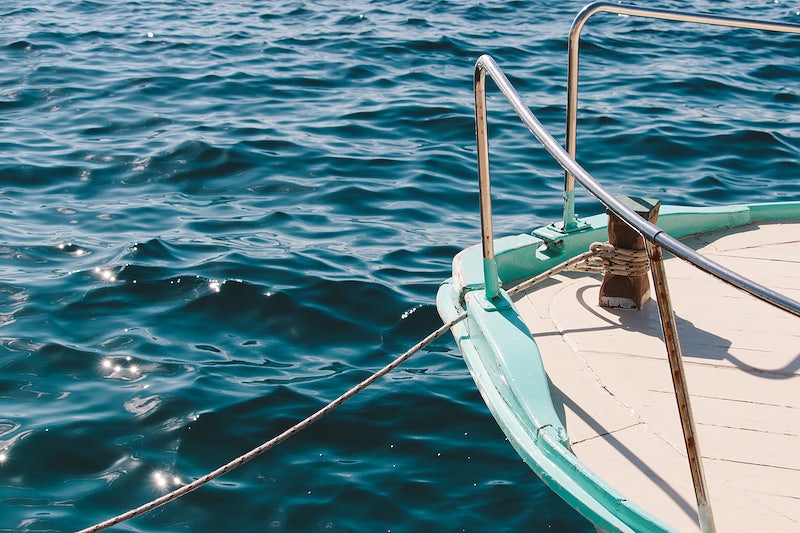My brother-in-law likes to fish offshore reefs, and the process once entailed navigating to a mark, dropping a float, and idling upwind or up-current to drop the anchor in hopes the set would drop us back to the float.
This laborious process sometimes took three to four tries to set the anchor just right to put us on top of the structure holding fish. Then my brother-in-law installed a bow-mount Minn Kota electric trolling motor with a virtual anchoring feature called Spot-Lock. Now we simply idle over the chart-plotter mark until the fishy structure shows up on the finder, deploy the Minn Kota, and hit the Spot-Lock button. The GPS-guided motor does the rest, moving and twisting to keep us right over the spot.
One of the joys of 21st-century boating is how many old-school anchoring problems have been solved by new-school technology. Here’s a look at some of the available anchoring alternatives, how they work, and why you should still have a properly scoped anchor at the ready.
Electric Anchoring
Minn Kota is not the only brand of electric trolling motors that feature virtual anchoring, though it was the pioneer. Now GPS-guided bow-mount trolling motors from brands such as Garmin, Power-Pole, Motorguide and Rhodan also boast virtual anchors. They work by locking in your GPS position. The trolling motor then uses bursts of battery power to change the direction of the propeller and apply the appropriate thrust to help the boat maintain a hold on its position. The simplicity and ease of use make virtual anchors great for fishing over a particular mark or to temporarily hold the boat in place without relying on the main engines.
However, you would never use a virtual anchor in place of your regular anchor for a long-term hold.
Continue reading at boatingmag.com.

